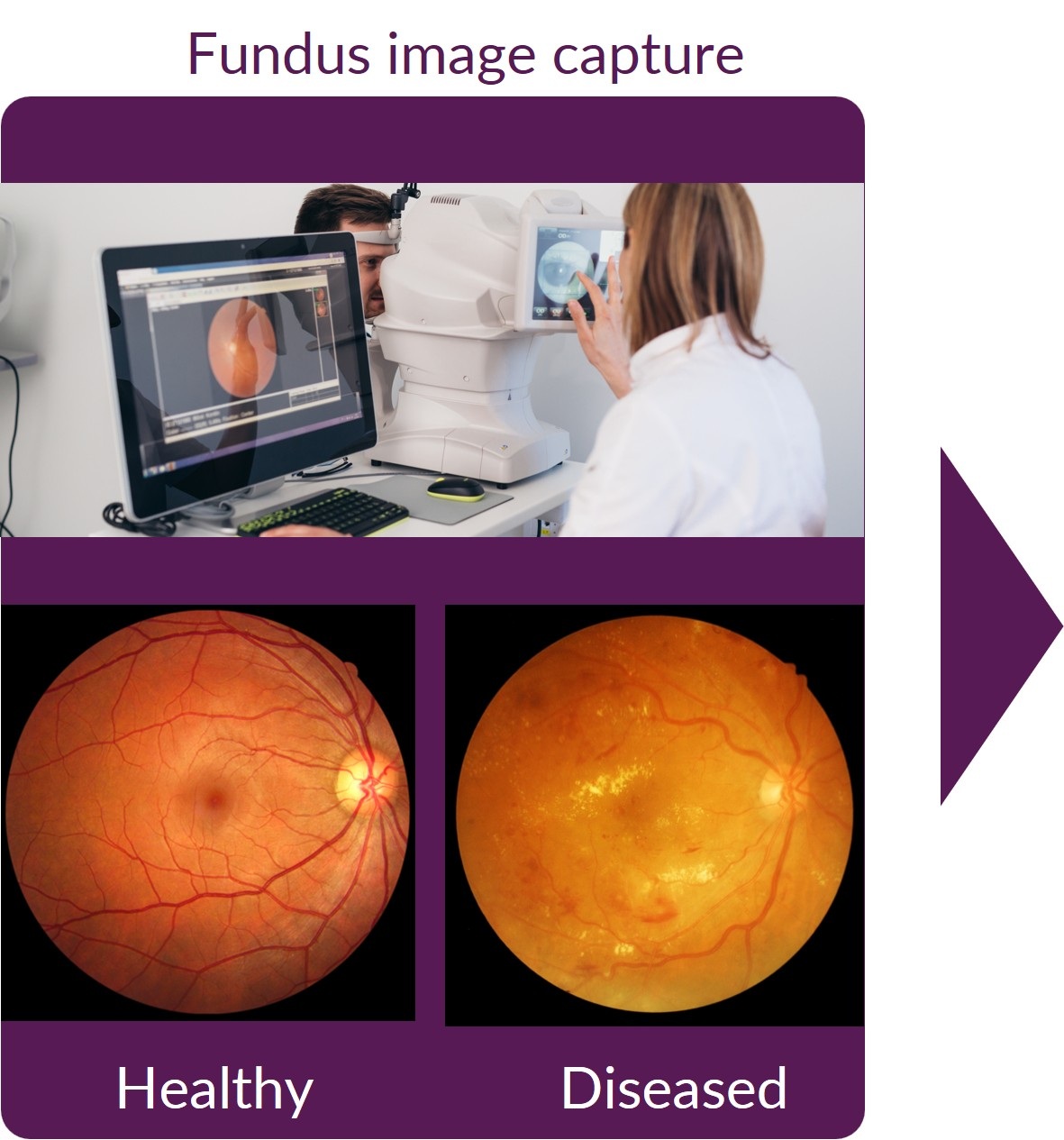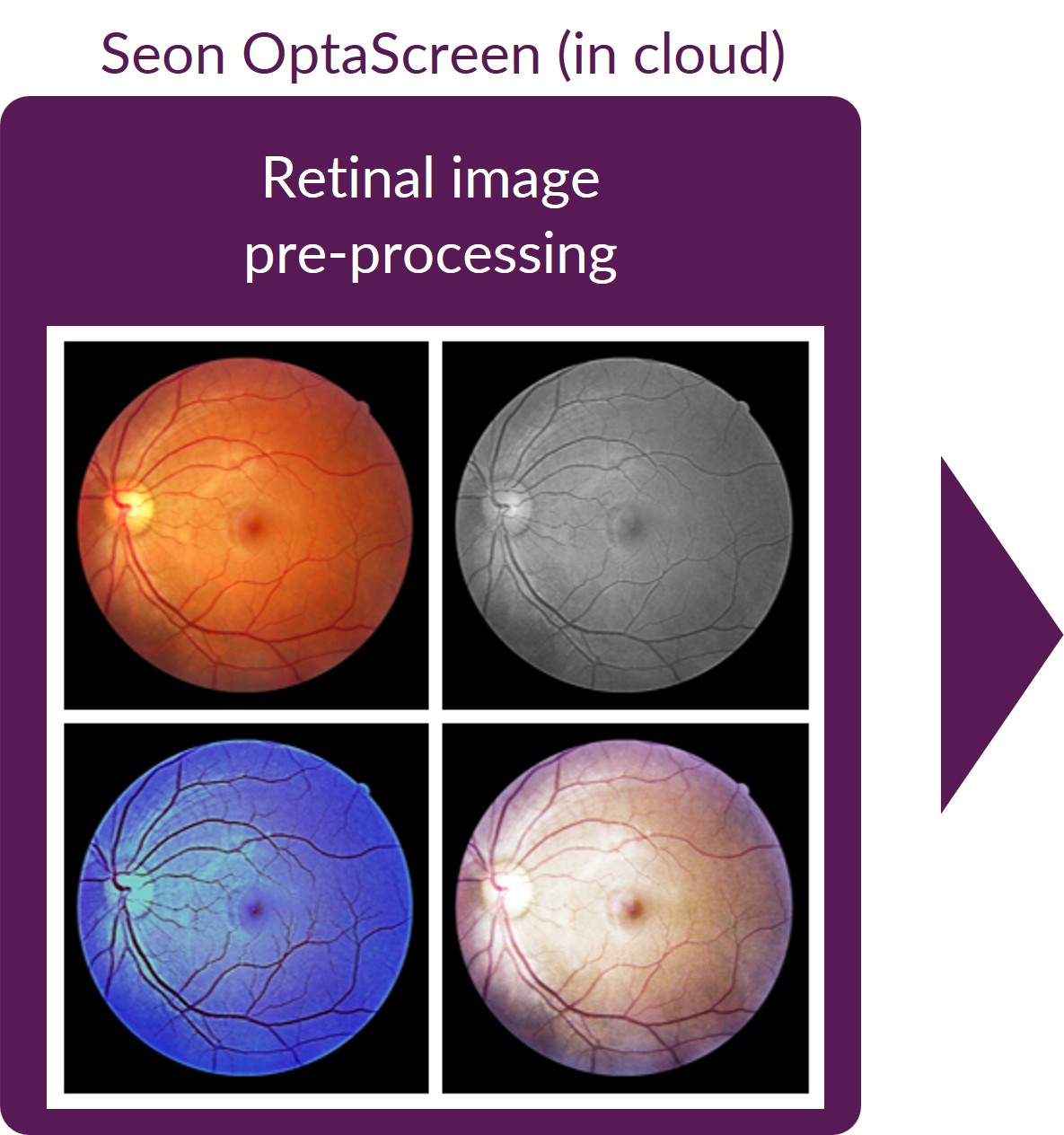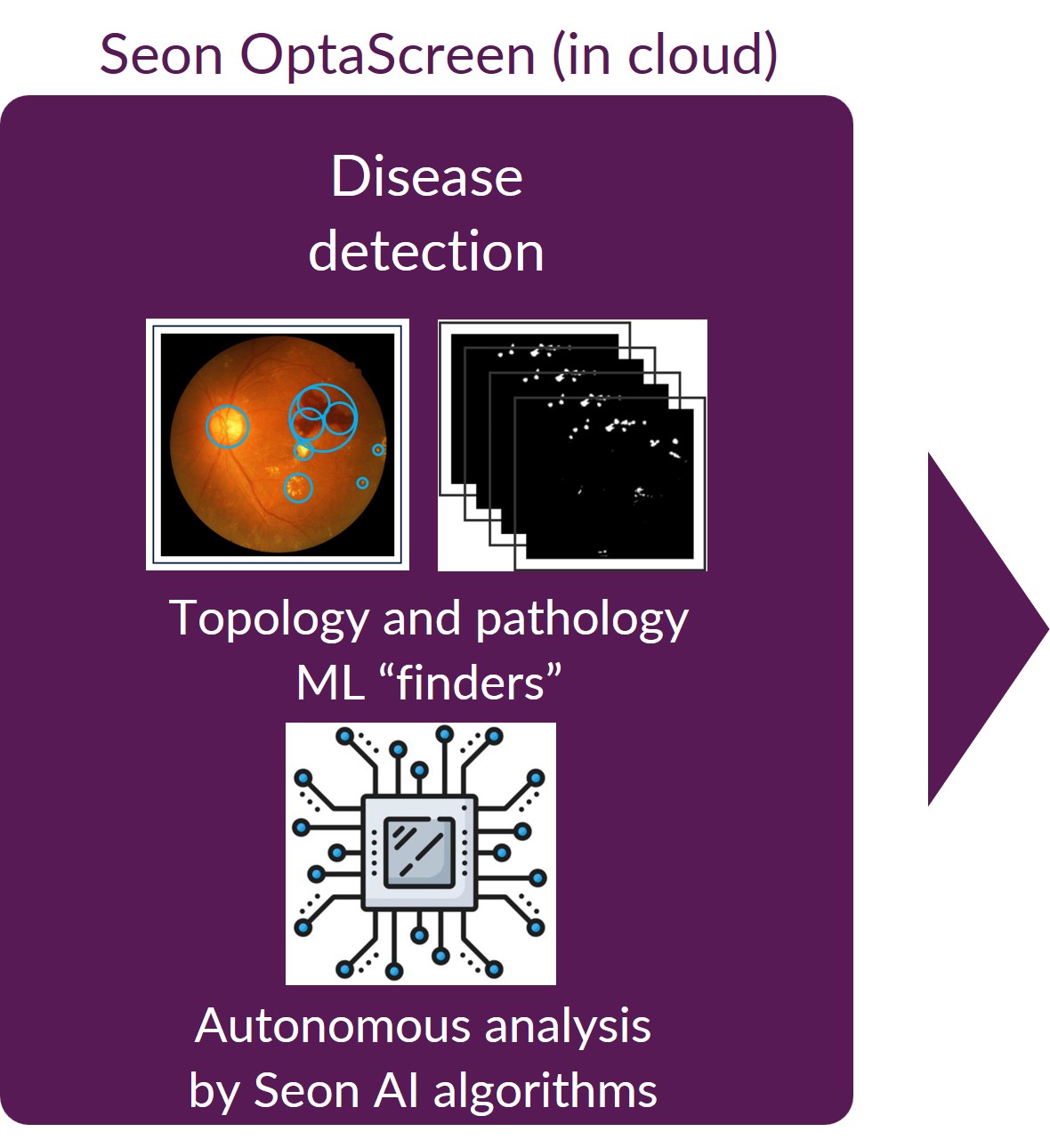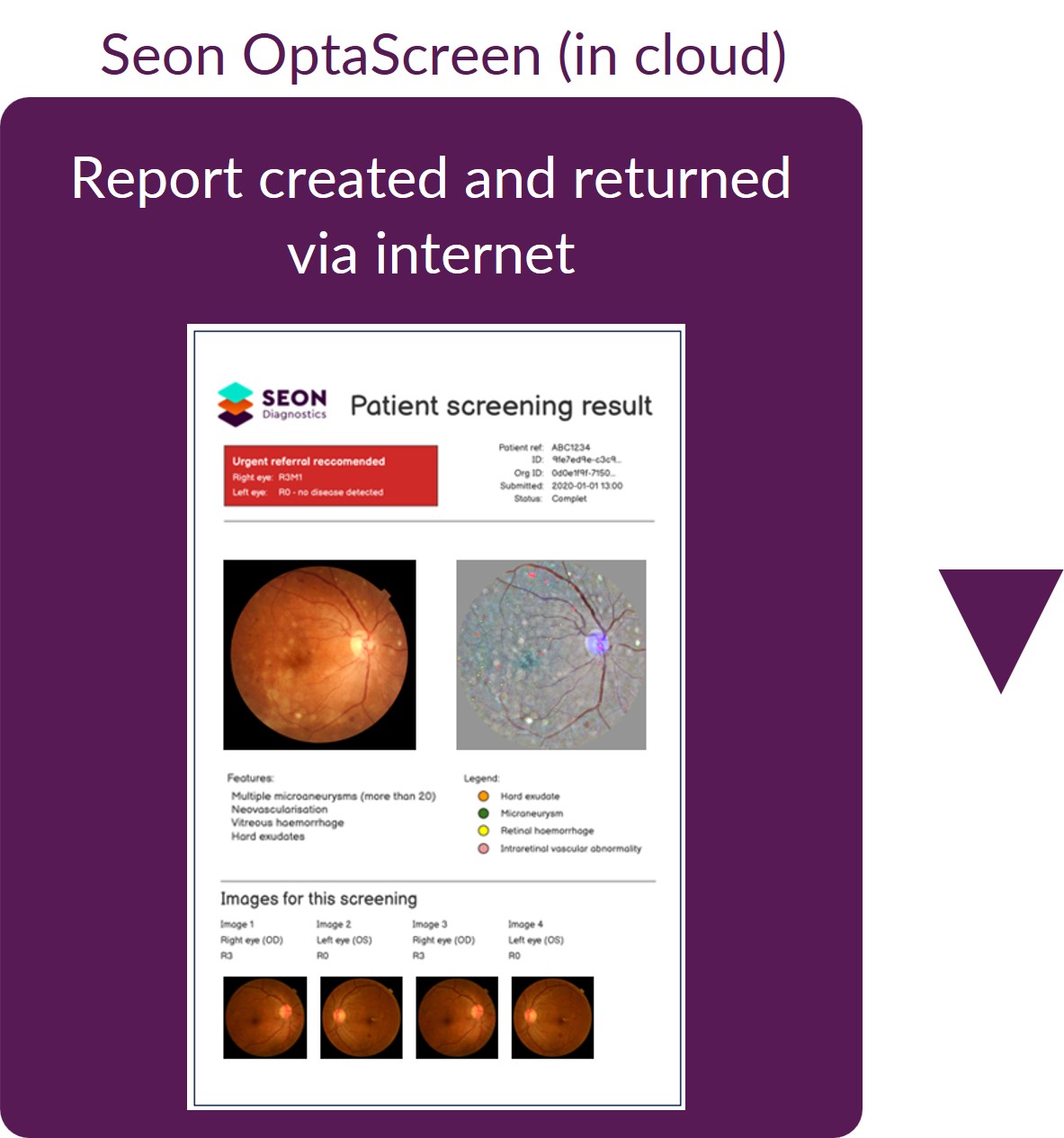Transforming health screening with AI-based imaging
Seon is poised to revolutionise health screening. Its advanced AI technology addresses significant global health challenges such as diabetic retinopathy and other systemic diseases. The company’s innovative approach, experienced management team, and substantial market interest make it a compelling investment opportunity with the potential for significant returns and societal benefit.
Founded as a university spin-out, Seon emerged from cutting-edge research in artificial intelligence and medical imaging. Over the years, it has navigated the fast-evolving landscape of AI technology, iterating through multiple product development phases to refine its innovations.
Today, Seon stands at a pivotal moment, leveraging years of research, technological refinement and understanding clinical needs to develop its most impactful product yet – a next-generation AI retinal imaging analysis platform set to launch in 2027.
The case for early disease detection: a global imperative
Healthcare systems around the world are facing a critical challenge today. Ageing populations, rising levels of chronic illness and increasingly sophisticated treatments, are driving healthcare costs to unsustainable levels. Currently, these trends show no sign of easing off and threaten to reverse the tremendous progress made on healthcare accessibility. Care affordability is more than just a financial issue. It is fundamental to maintaining personal health, independence, and overall quality of life. Without it, the promise of modern medicine risks becoming out of reach for those who need it most.
The good news is the solution is already well-known. Earlier detection of disease consistently delivers better outcomes both for patients and healthcare payers. When medical conditions are caught early, treatments are usually more effective, less invasive, and significantly cheaper. Indeed, prevention is not only better than cure, it is essential for the long-term sustainability of healthcare systems.
Health expenditure per capita 1970 – 2023*
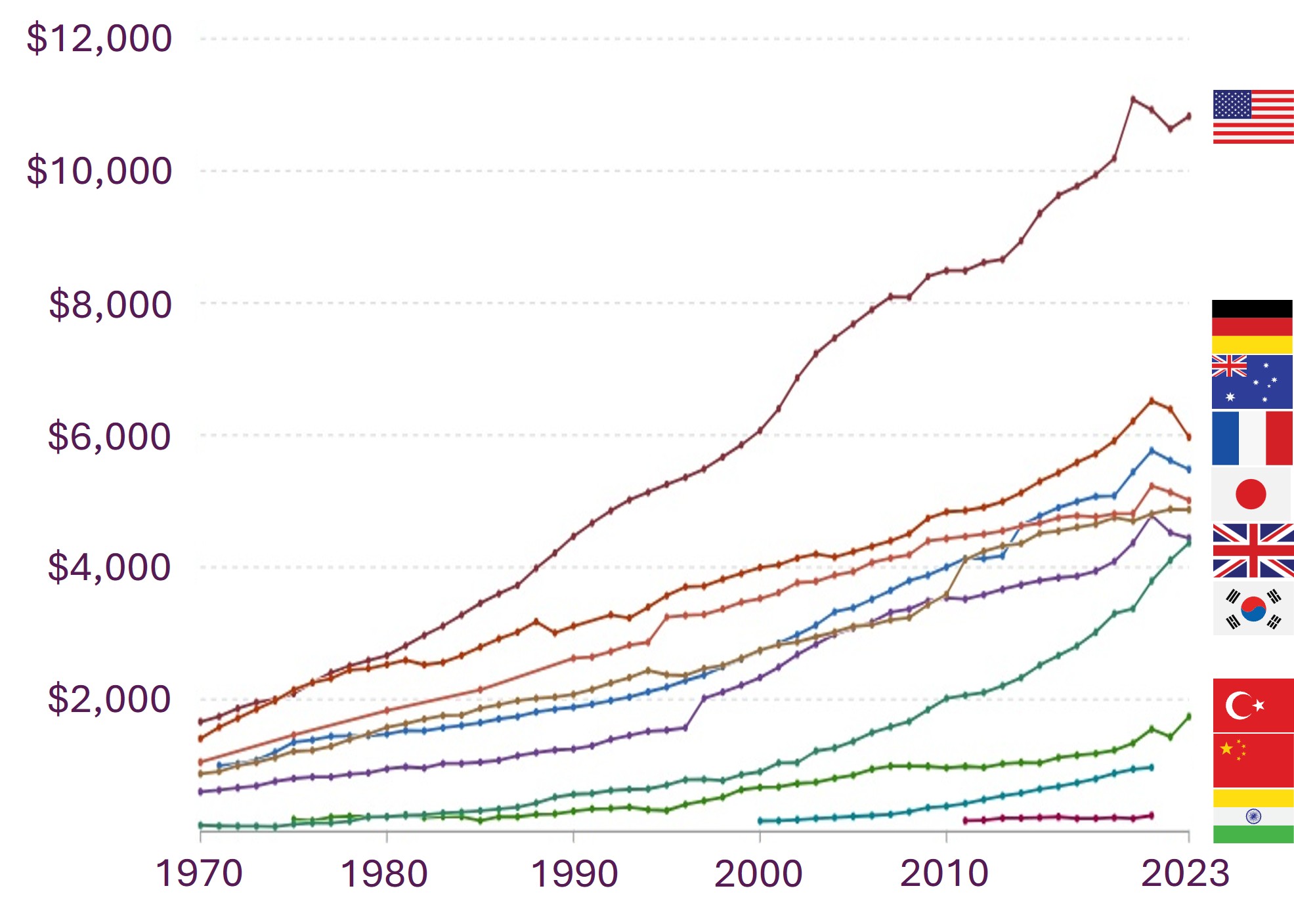
* Figures are adjusted for inflation. Data source: OECD Health Expenditure and Financing Database (2024)
Learn more about this data
This is not just theory. The World Health Organization (WHO) and other leading health bodies estimate that earlier detection of non-communicable diseases could save hundreds of billions of dollars globally each year, through reduced healthcare costs and reduced economic productivity losses. Consequently, the WHO recommends that its members implement national screening programmes for any disease which imposes a significant national health burden, for which a reliable test exists, which is treatable and cost effective to do so.
A proven example is the HbA1c test for diabetes. It is simple, accurate and enables early diagnosis that helps to prevent serious complications. Using such tests for population-scale screening of at-risk groups has been shown to work very well. Given the current population health trajectory, the need to scale these programmes around the world and introduce new programmes has never been more urgent.
Why the fundus matters
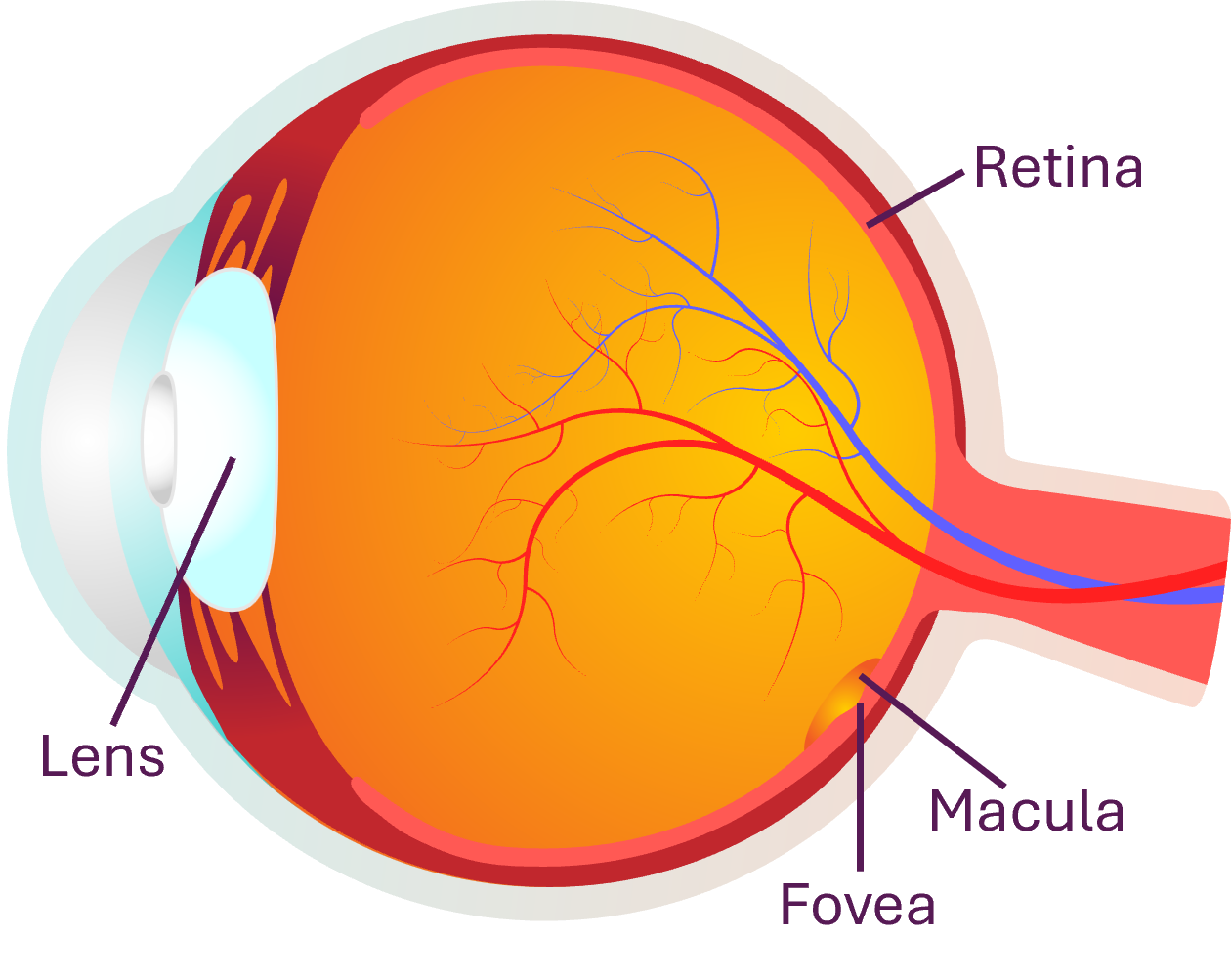
The interior surface of the eye opposite the lens, called the fundus, includes critical structures such as the retina, optic disc, macula, and fovea. It offers a unique and direct view of the body’s vascular and neural systems, making it a powerful window into disease and systemic health.
Many diseases, including diabetic retinopathy, glaucoma, and hypertension, manifest as visible changes in the retina. Fundus photography enables clinicians to capture high-resolution 2D images of the retina for detailed analysis and record keeping.
Today, over 200,000 fundus cameras are in use worldwide. They are simple, fast, non-invasive, and widely trusted. However, while image capture is efficient, the examination and interpretation remains largely manual—requiring skilled clinicians to review each image. This manual analysis creates a bottleneck in scaling screening programmes and delivering timely diagnoses.
The need for rapid automated analysis that can scale
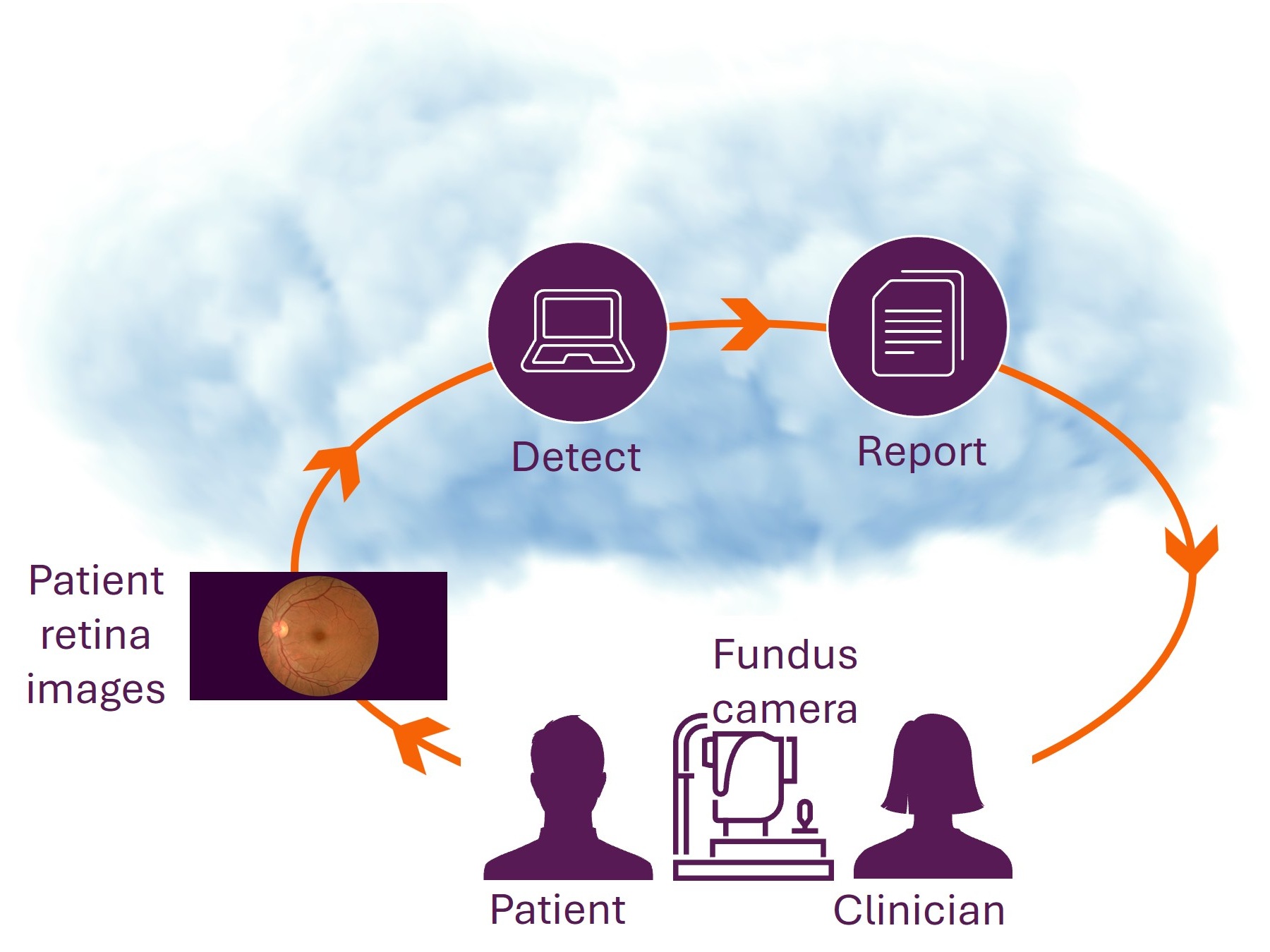
The benefits of screening programmes are clear but delivering them at scale remains a major challenge. In national eye screening, the lack of robust automated analysis means every year millions of retinal images must still be manually reviewed by specialist clinicians. Typically these highly-trained image ‘graders’ work in centralised telehealth hubs, using their expertise to detect the slightest changes to the eye which signal the presence of disease.
Besides being costly to run, this manual approach has significant limitations: training up enough skilled graders is slow and expensive; maintaining quality and consistency of analysis is difficult; and the repetitive nature of the work affects staff retention. This makes it hard to match the capacity of the retinal analysis service to demand, especially as it is increasing. Hence, image analysis queues are inevitable, often delaying results by weeks. Critically, scaling up simply increases cost as it does not really unlock significant efficiency gains.
A step change is needed. The ideal solution captures images using already-in-the-field ubiquitous approved equipment operated by local technicians; analyses the images automatically to a standard matching that of expert clinicians, and; delivers results in near real-time, at the point of care.
Seon’s cloud-based Service-as-Software platform turns this vision into a reality. By removing the clinical bottleneck, it opens the potential for national eye screening programmes in regions where they were previously unviable. And in countries developing programmes or in the few with national programmes rolled out, the provision of unlimited extra analysis capacity is transformative. Retinal image analysis results can be delivered during the same appointment as the patient screening episode, which enables immediate feedback, advice, treatment, and/or onward referral. This is much better for the patient and saves precious time for the healthcare provider.
Targeting diabetic retinopathy
Seon’s first regulated medical device product targets Diabetic Retinopathy (‘DR’), a disease of the light-sensitive membrane at the back of the eye, caused by diabetes. Around a third of all diabetics go on to develop DR which is one of the leading causes of blindness globally. Identified early, DR is eminently treatable. However, millions of people around the world living with diabetes have no access to routine eye screening. Consequently they are at risk of sight impairment and its devastating effects. DR is a large and growing problem, driven by the global diabetes epidemic. By 2045 it is estimated there will be some 780M diabetics around the world, representing 12% of the global adult population.
Registered office: Oxford House, 15 – 17 Mount Ephrain Road, Tunbridge Wells, Kent, TN1 1EN
+44 01234 567891 contact@seondx.com
Registered in England & Wales: 07679157 VAT number: 241479895
